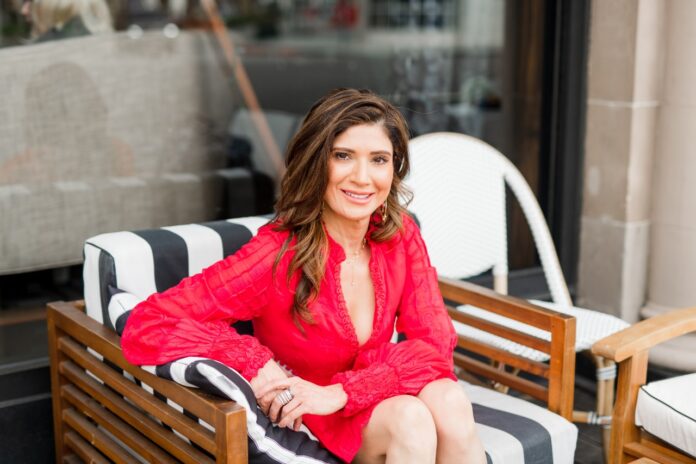Regardless of what all the “life hackers” may tell you, napping does not make up for insufficient nighttime sleep. You can’t nap your way to growth, be it physical or psychological.
That said, napping does help restore energy and concentration during midday lulls, and as we reveal in our book, Peak Performance, it’s a strategy worth considering for long and intense days.
A growing body of research demonstrates that naps can improve performance, alertness, concentration, and judgment. Given these attributes are all critical for those on a space station orbiting the earth, it should come as no surprise that NASA became interested in learning about the benefits of napping.
When NASA scientists conducted studies on astronauts, they discovered that a 25-minute nap improved judgment by 35 percent and vigilance by 16 percent. No surprise, then, that NASA encourages afternoon snoozes.
In another study, and one more relevant to most of our earthly situations, researchers pitted napping against coffee. They found that individuals who took a nap of 15 to 20 minutes awoke with more alertness and went on to perform better during the remainder of the day than those who, instead of napping, drank 150 milligrams of caffeine, or about the same amount in a Starbucks grande-size coffee.
When we take short naps, the part of our brain that is always on when we are awake has the opportunity to take a break. Much like a fatigued muscle rejuvenates during a short breather, so, too, does this part of our brain. In a critical review on the efficacy of napping, sleep scientists found that a 10-minute nap yields the greatest benefits, though most experts say anything under 30 minutes is effective.
Even if you don’t actually experience the sensation of falling asleep, simply closing your eyes can help switch your active brain off, allowing it to recover. Staying asleep for more than 30 minutes, however, can be counterproductive.
This is because with longer naps we run the risk of waking up feeling even groggier and more sluggish than before we fell asleep. This condition, called “sleep inertia,” occurs when we are awoken in the middle of a deep sleep cycle.
The grogginess is the body and brain’s natural way of telling us to go back to sleep so it can finish what it started. (Hence the term “inertia.”) Deep sleep generally doesn’t begin until after about 30 minutes, which is why experts suggest making that the upper limit for a nap’s duration.*
The next time you are fighting to keep your eyes open in the mid-to-late afternoon, experiment with taking a short snooze (and here’s how to nap at work).
Forward-thinking companies like Google and Apple have designated nap rooms. Some of the best thinkers in history, including Albert Einstein and Winston Churchill, were big proponents of the midday nap.
* In certain instances, taking a longer nap of 90 minutes to 2 hours may make sense. Extended naps mimic, for both the brain and the body, what occurs during nighttime sleep. Unfortunately, longer naps can also interfere with nighttime sleep, which is far more important.
Therefore, most experts only recommend extended naps for individuals who genuinely need the additional deep sleep during the day, in that it doesn’t interfere with their nighttime sleep.
Elite athletes completing grueling two-a-day workouts are a good example of a group that could stand to benefit from longer naps. The famed American distance runner Meb Keflezighi says he uses a full arsenal of naps ranging in duration from 15 to 90 minutes.
Source:Womenshealth
 News, Politics , Sports, Business, Entertainment, World,Lifestyle, Technology , Tourism, Gh Songs | News, Politics , Sports, Business, Entertainment, World,Lifestyle, Technology , Tourism, Gh Songs |
News, Politics , Sports, Business, Entertainment, World,Lifestyle, Technology , Tourism, Gh Songs | News, Politics , Sports, Business, Entertainment, World,Lifestyle, Technology , Tourism, Gh Songs |







